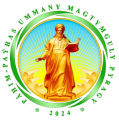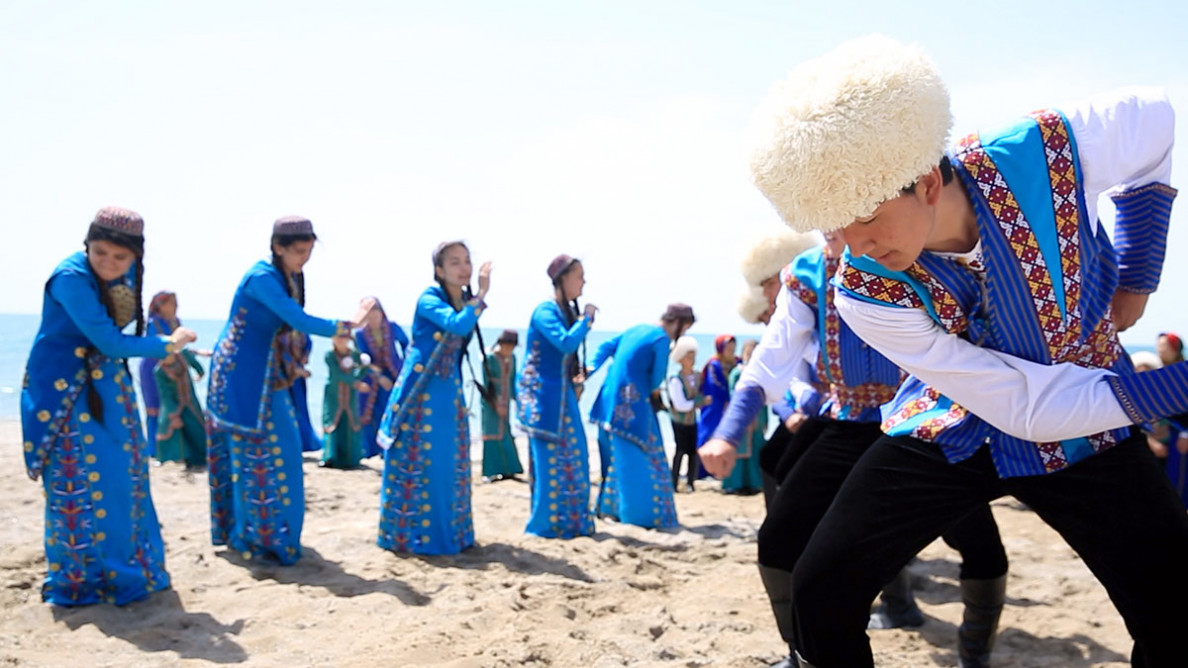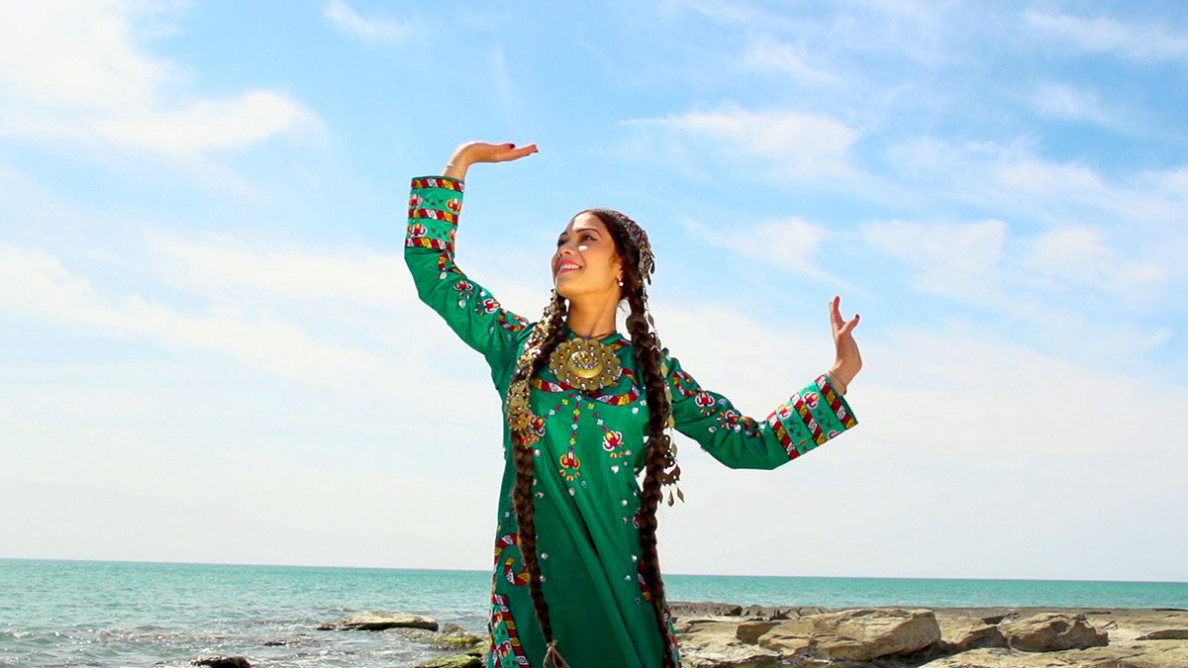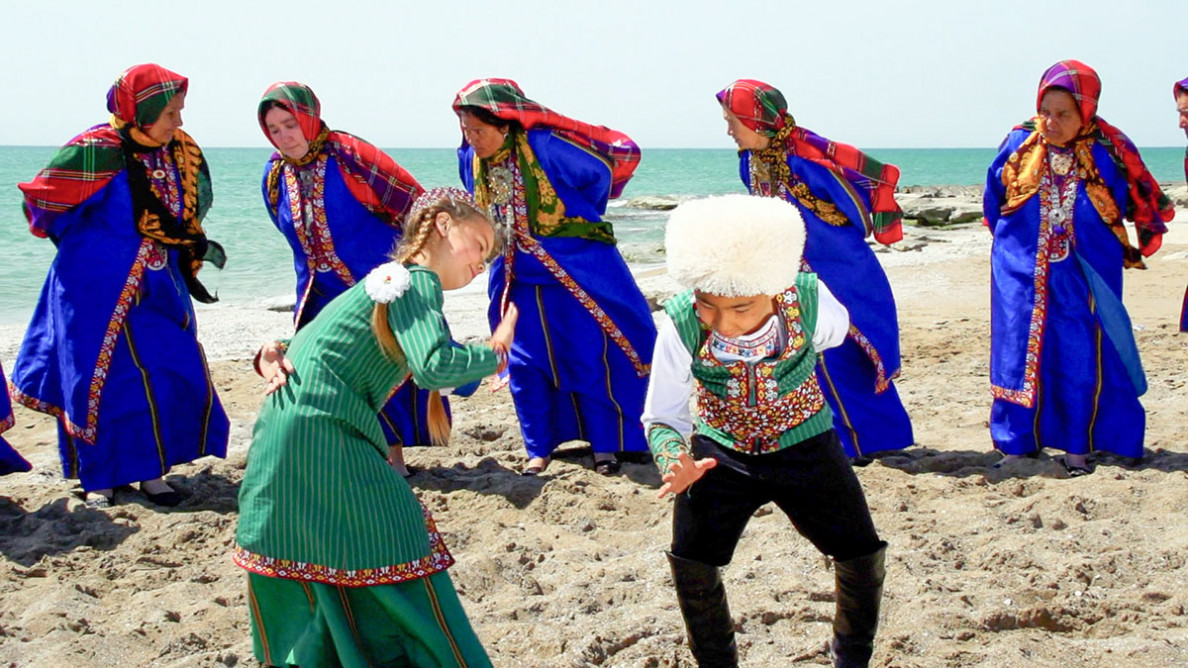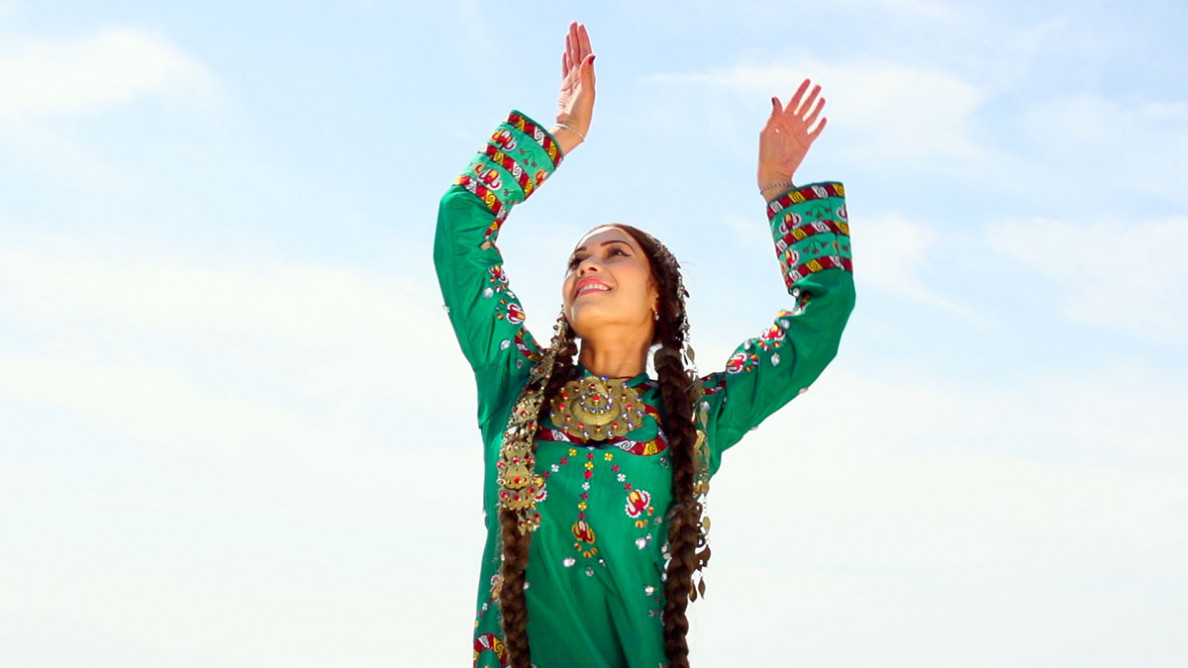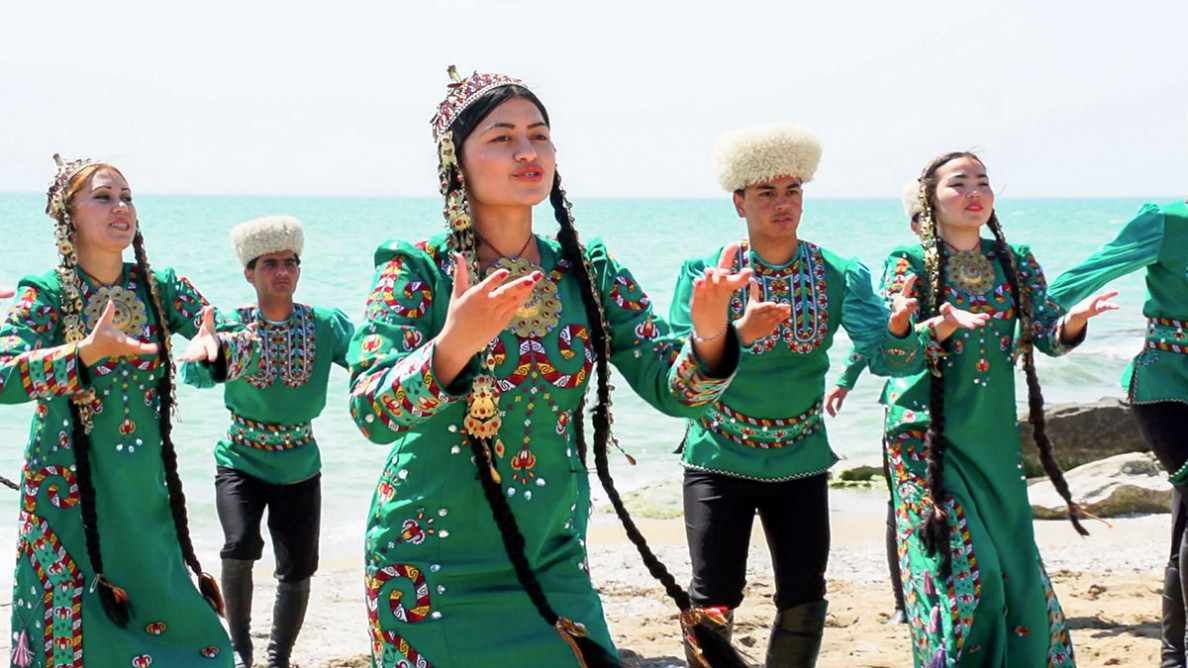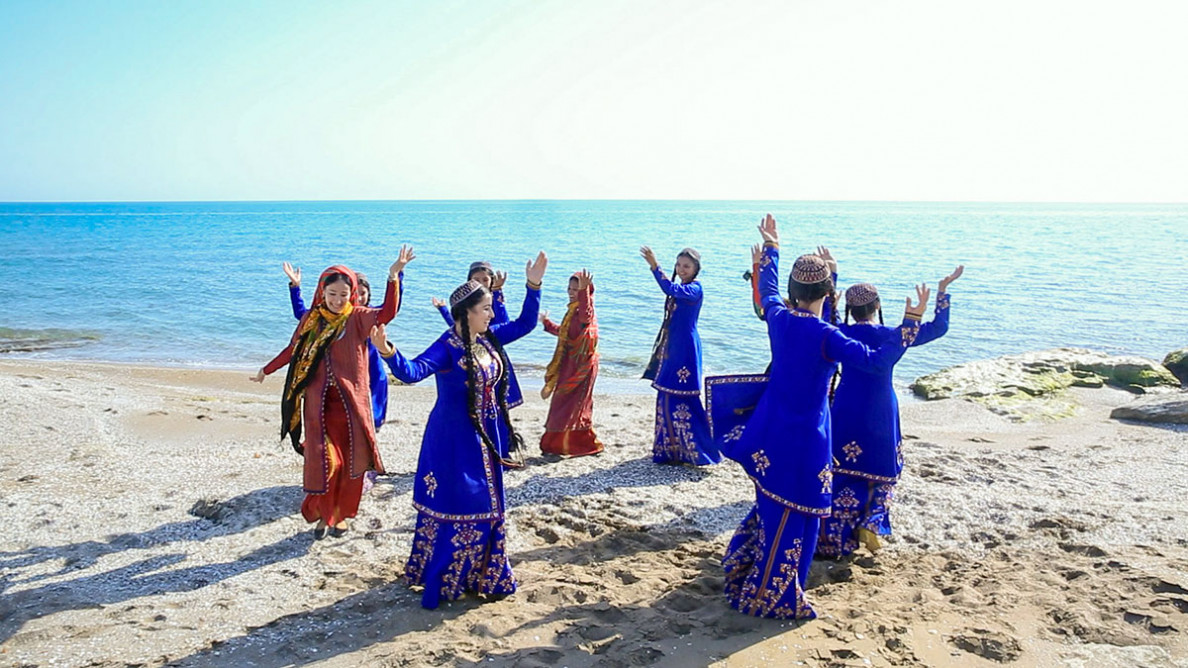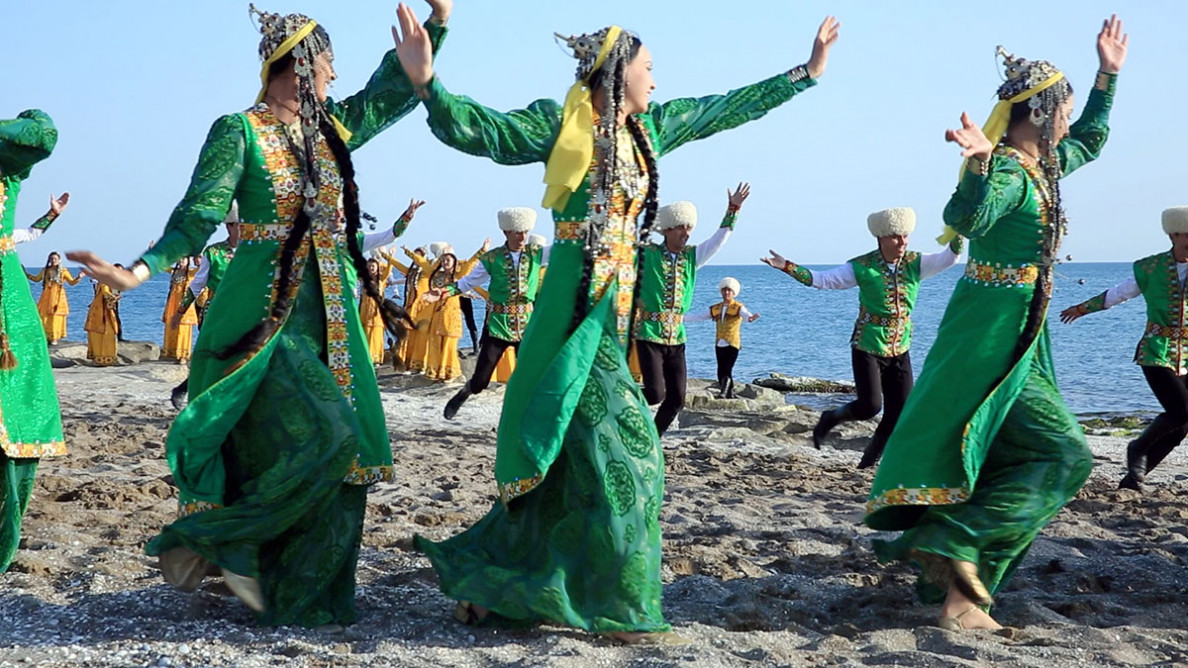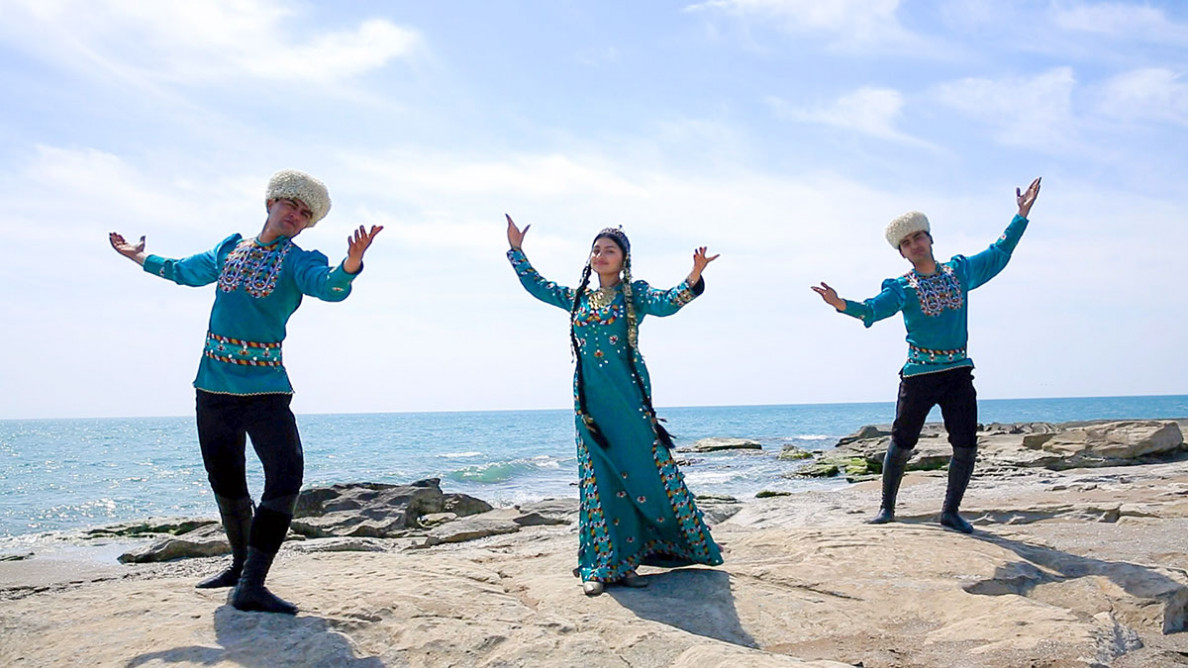International Dance Day is celebrated on April 29 every year across the globe. Kushtdepdi, the dance that has become the distinctive signature of the national culture and whose roots stretch back thousands of years, perfectly exemplifies how ancient traditions are reflected in modern art.
Traveler S. A. Gunaropulo, who visited our country in 1871 as a member of the Russian expedition, mentioned the unique dance in his work ‘In Turkmen Steppes’.
According to art experts, the dance is characterized by fluid and synchronous swirling movements. Each move is seen as an individual element and at the same time as an integral part of the organic whole. Kushtdepdi basic routine is reminiscent of ritual pagan dances performed by ancient hunters. Through the unique language of dance brought to perfection over centuries and accompanied by voice vibrations, dancers tell traditional stories of the continuous cycle of existence and fundamental values in life.
The dance was particularly popular among Turkmens who lived along the coast of the Caspian Sea. Over time, it spread all over Turkmenistan and now has distinct regional variations in different parts of the country.
Kushtdepdi, the national art of singing and dancing, and the perfect symbiosis of historical-cultural traditions and spiritual heritage of the Turkmen nation, has been inscribed on the UNESCO Representative List of the Intangible Cultural Heritage of Humanity.
A video can be watched here.
Myahri YAGMUROVA
Photo: Aleksey GIMALITDINOV
